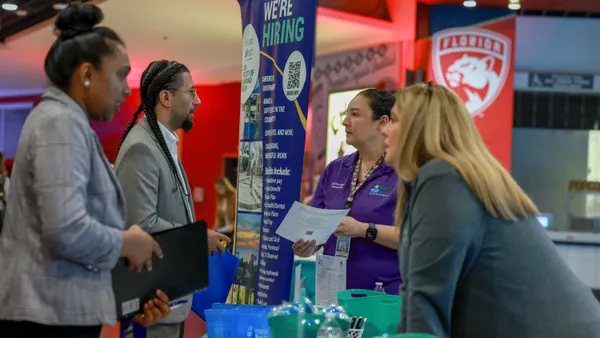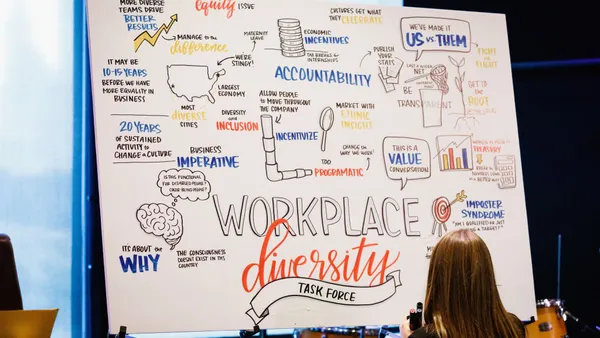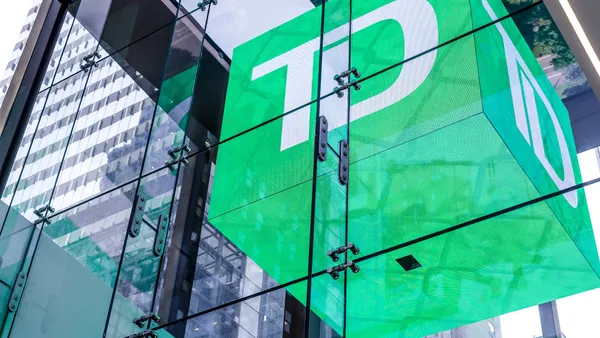Dive Brief:
- After publishing a report in July that found a correlation between "high agility" and resilience and resistance to burnout, meQuilibrium has identified "burnout zones" within the workforce. These zones consist of workers grouped together based on their susceptibility to burnout. The zones are: "soulful sufferers," "checked out," "status quos," "strivers," "stretched superstars" and "change masters."
- Soulful sufferers are the most in danger of burnout, meQuilibrium said. They are "caring people who are struggling to be adaptive, and worrying about relationships and work" and are characterized by their low levels of resilience and agility. Most of them (70%) said they face a high amount of pressure.
- On the other end of meQuilibrium's spectrum, change masters exhibited lots of adaptivity and robust resilience, making them resistant to burnout. Three-quarters of change masters said they "see purpose in their work" and 91% possess problem-solving skills.
Dive Insight:
While meQuilibrium connected burnout to agility and resilience, other research has drawn lines between burnout and factors like job satisfaction, culture and workloads. Eighty-six percent of respondents in a University of Phoenix poll published in January said they believe worker burnout is connected to job satisfaction. A recent Accountemps survey found managers and workers disagree on the cause of burnout. While managers attributed it to unmanageable workloads, employees said it's due to constant interruptions.
No matter the specific kind, burnout is generally caused by stress, experts previously told HR Dive. It follows that employers will want to determine the types of stress their employees face and reduce those stressors in order to prevent burnout. Employers could, for example, assess employees' workloads, publicize worker resources (such as employee assistance programs and well-being initiatives) and address the overall culture, especially if it's one that encourages poor work-life balance.











